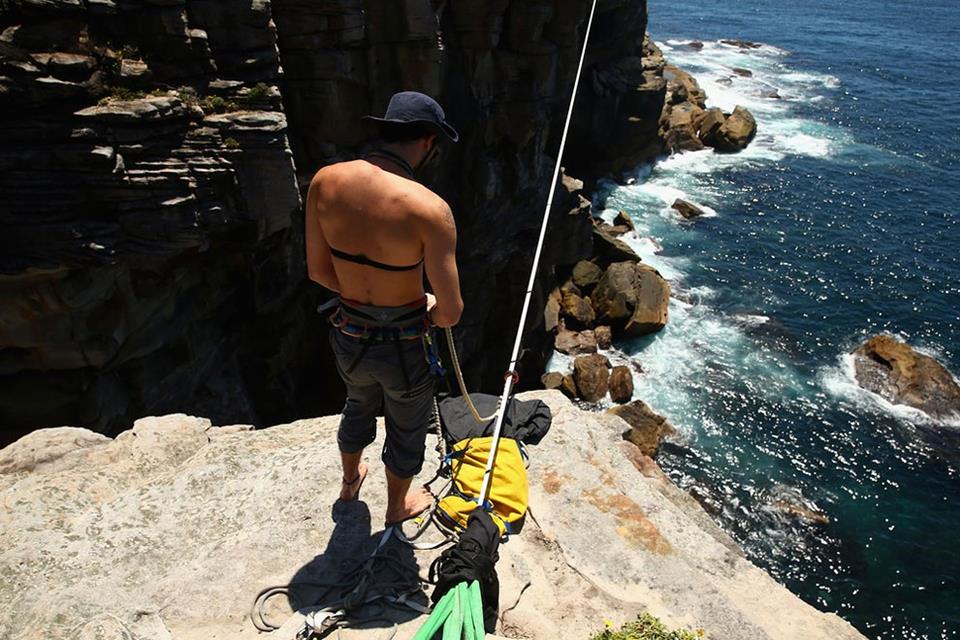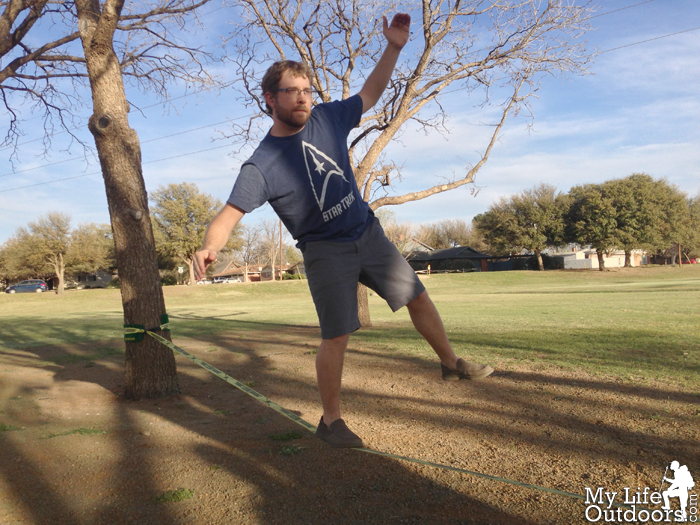

Highlining – This is the most difficult and dangerous of all types of slackline setups.When these long lines are to be set up the will often require a far more advanced pulley system that keeps the tension correct on long pieces of webbing. Longlining – This is typically defined as walking a slackline that is at least 100 feet or longer.You will want to have this setup with high tension which helps to make the webbing stiff and much more stable and typically no more than 3 feet off the ground. Find a beginner ratchet-strap setup with a wide 2″ webbing. Lowlining – This is where beginners should start to gain skills and confidence.Each has different goals to the setup and results expected, some are about movement, some about bounce, but all are about enjoyment. There isn’t a single specific way you must slackline, in fact there is a great many sub-genres to it. Still curious? Click here to find out What is the Point of Slacklining? Different Types Of Slacklines Unlike a tightrope walker, a slackliner will not use any balancing object like a balance pole that you see frequently in tightrope walking. Slacklining is very similar to a tightrope walker, but instead of using a rope it uses a nylon-based slackline instead which is wider and flatter than the rope would be. This line can be suspended off the ground somewhere from 3 feet to 3,000 feet which is on fixed points between two split anchors points. Slacklining is akin to tightrope walking and is the art of balance and movement on a strap which is soft and stretchy and typically around 1″ or 2″ wide. Options To Practice Slacklining At Home:.Core Focuses To Build Slacklining Skill:.5 Most Common Types Of Slackline Set Ups.

Whether you practice in the park or in a remote climbing area, you use it as a longline across a river or even as a highline, slacklining is fun and is a great activity for winding down after a long day of climbing. Slackline sets are super compact and easy to transport, which is perfect for those days you don't want to train at home. Slacklining is therefore considered an ideal exercise for climbers, and it’s affordable. You will also need a lot of muscle tension to balance on the slackline, which additionally trains your passive muscles. Slacklining as a training tool for climbers and boulderersīalancing on a slackline trains your balance and significantly increases your body awareness and coordination. If you don’t have one, then you can also use an old piece of carpet and wrap it around the tree underneath the slackline. These will help protect the bark of the tree against abrasions, and are either already included in many slackline sets or can be purchased separately. Tree protectors: due to the high forces acting on the anchor points, you should use tree protectors.

Models over 30 meters only come with pulley systems because they require a lot of resisting force. You’ll find slacklines with lengths up to 30 meters, so the choice will be based on your personal preference. Pulley systems are a little more complicated to set up, but are also a lot lighter and offer a better swing behaviour. pulley: today's ratchet systems allow you to set up your slackline much faster and easier. Most slacklines for people who aren’t focused on doing tricks are between 25 and 35 mm wide because they provide a smoother feel. These slacklines are often called tricklines. Of course, it’ll be much easier to walk on a tightly stretched 50 mm strap, but the main purpose of these types of slacklines is doing tricks.


 0 kommentar(er)
0 kommentar(er)
